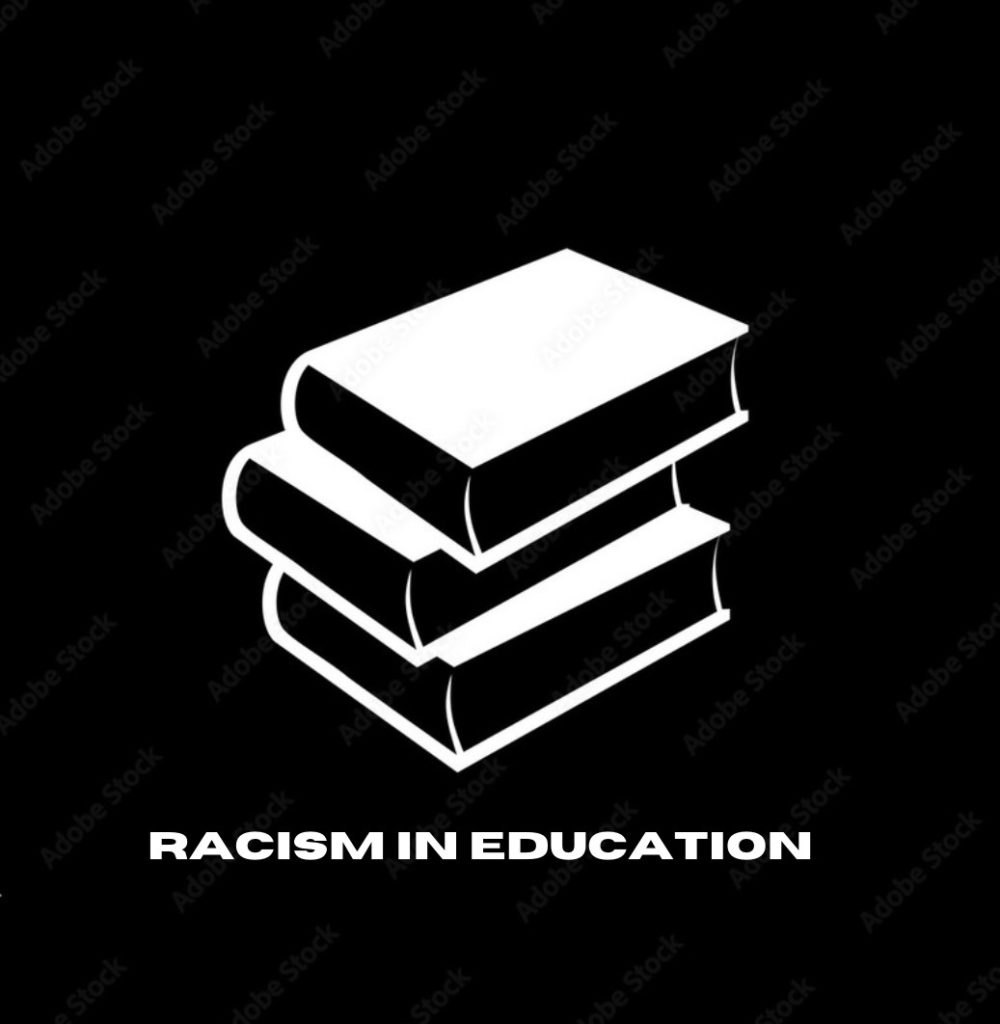Educational racism is a global problem that affects communities, teachers, and students. It leads to unequal opportunities, biased policies, and prejudicial attitudes towards vulnerable groups. Students of color have experienced unequal treatment within the classrooms for decades, had extremely limited access to resources and studied a curriculum that purposely neglects their history.
Throughout history, education, for its intended purpose, has been a battle for racial equality. During slavery in the United States, laws prohibited enslaved individuals from learning how to read and write. African Americans’ access to education remained severely restricted even after receiving their freedom with the very existence of segregated schools. Racial segregation in public schools was viewed as unconstitutional in the groundbreaking Supreme Court decision Brown v. Board of Education in 1954, which was a struggle against educational racism. The decision led to protracted legal battles, political maneuvering, and the birth of the Civil Rights Movement.
The Civil Rights Movement cleared the way for increased diversity. It raised public awareness of the wrongs of school segregation through nonviolent protests, judicial challenges, and activism. Historic occasions such as the Selma to Montgomery marches, the Montgomery Bus Boycott, and the March on Washington inspired people to embrace civil rights, particularly equal access to education. In addition to fighting for civil rights, activists such as Thurgood Marshall, Rosa Parks, and Martin Luther King Jr. stressed the need for education as a means of achieving social justice. Congress passed the Civil Rights Act of 1964 on July 2nd of that same year.
According to a 2023 Gallup poll most experiences with racism vary for black students based on the type of school and racial diversity of their particular institution. Black students’ sense of self-worth, confidence, and school belonging can be severely damaged by racial bias from peers and teachers. Racial stereotypes and low expectations may also hinder academic success and restrict career prospects.
Racism in education is still a problem today because underprivileged communities are affected by inequalities in access to high-quality education and resources. This problem perpetuates the achievement gap with students experiencing lower academic achievements, graduation rates, and entrance into college. The lack of representation of diverse perspectives, histories, and cultures in education belittle students of color.
The racial element in education is a persistent issue that has a negative influence on students’ future prospects, well-being, and academic performance. The best way to prevent racism in education is to foster a safe learning environment and work towards creating a more inclusive educational system for all students.
